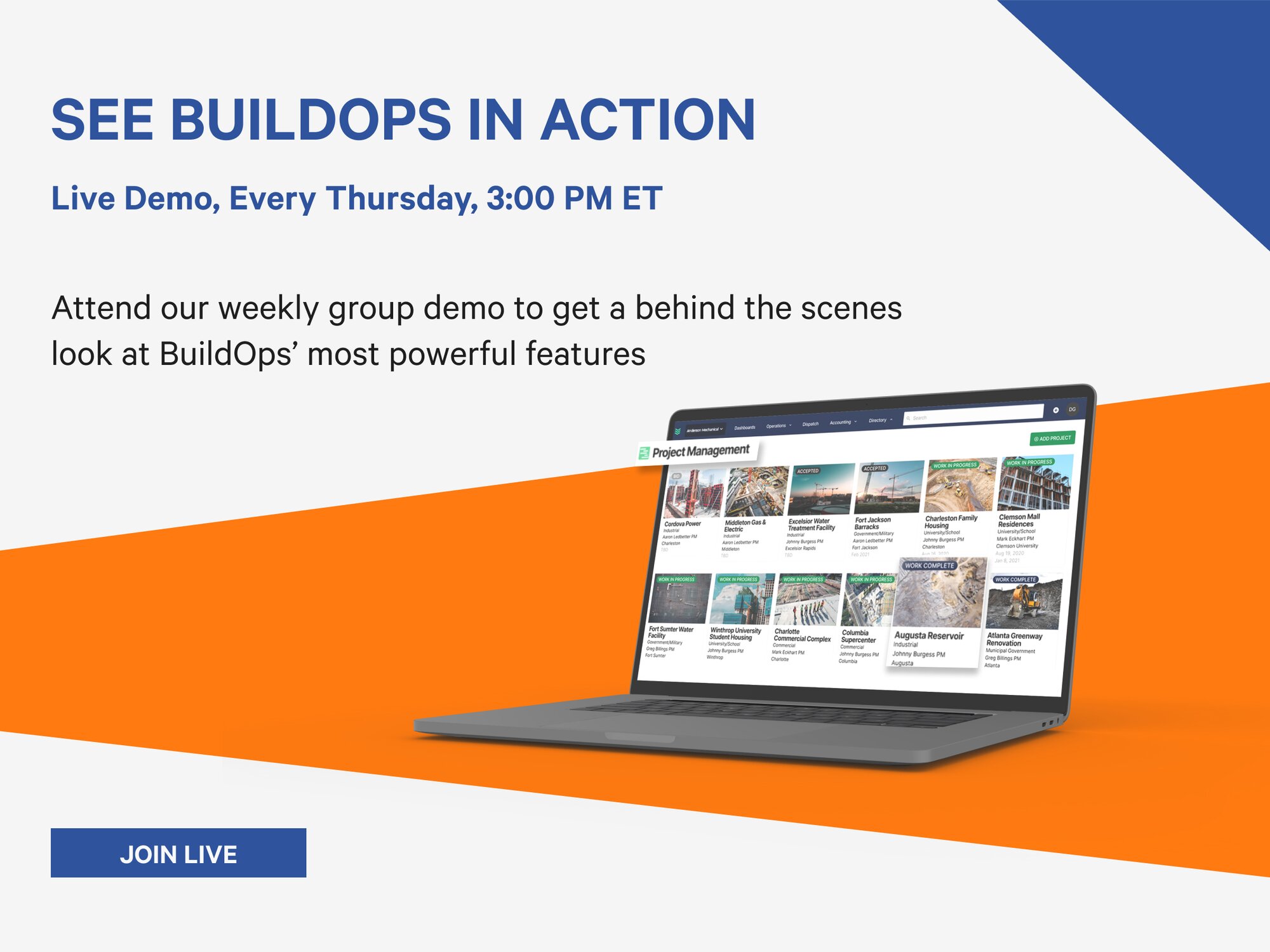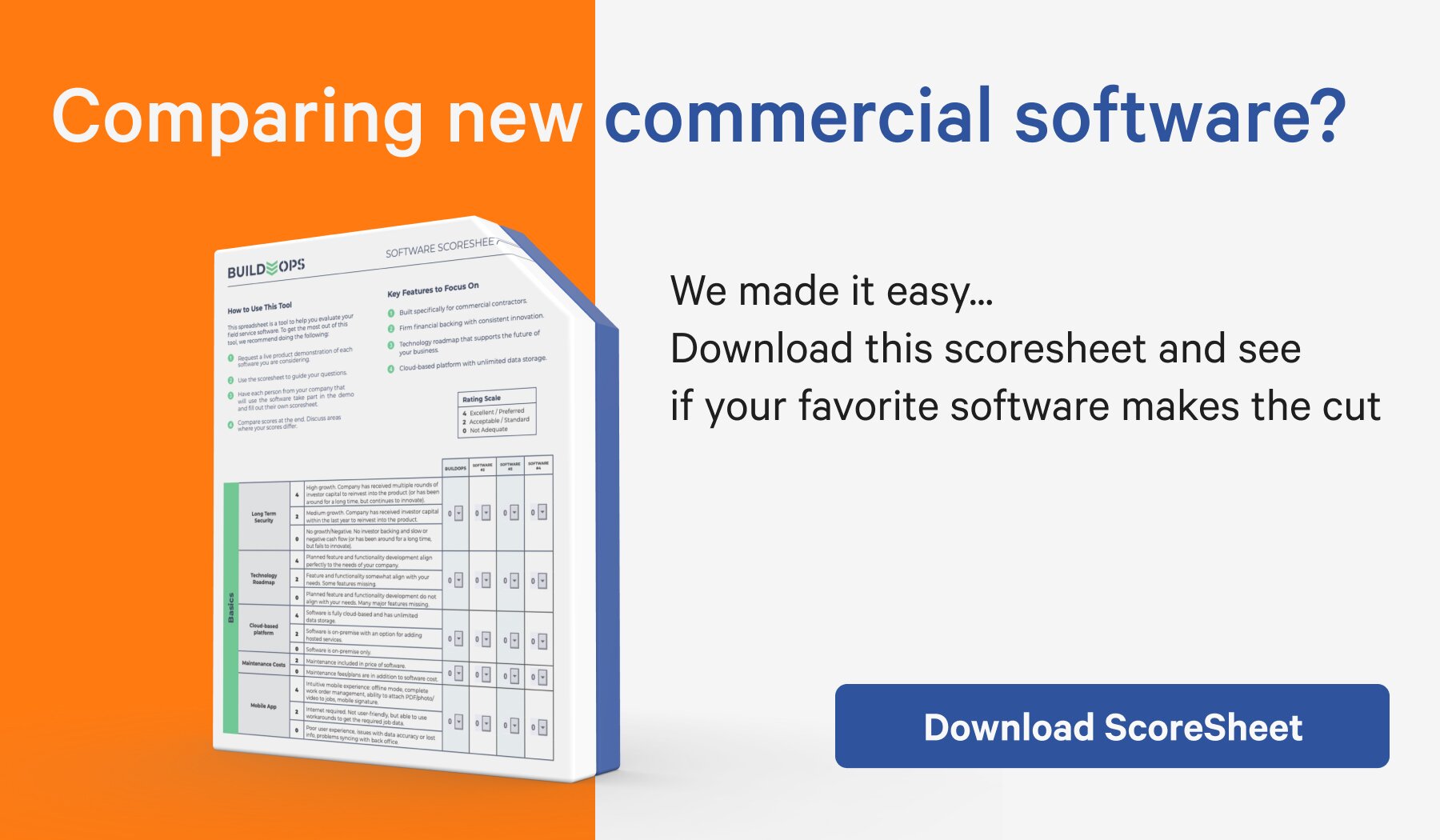Roof Estimating Software is a specialized tool designed for roofing professionals to facilitate precise and efficient calculations of project costs. Primarily, it takes into account material expenses, labor fees, and additional overhead to generate a detailed cost estimate for roofing projects. This technology caters to a diverse range of roofing materials, styles, and sizes, ensuring accurate and customizable estimates.
Traditionally, manual calculations were time-consuming and prone to errors. Roof Estimating Software revolutionizes this process by integrating the latest data, such as price updates for materials and standards in labor costing, to provide real-time, dependable estimates. By automating the estimation process, professionals can deliver quick and reliable quotes to their clients, enhancing customer satisfaction and trust.
Moreover, this type of software often includes features like aerial measurement integration, report generation, and compatibility with other project management tools. These functionalities streamline workflow, minimize waste via precise material ordering, and improve the overall profitability and efficiency of roofing businesses by enabling better project planning and management.
The implementation of Roof Estimating Software in the roofing industry marks a definitive leap toward operational excellence and competitive edge. In an era where precision and speed are inherent to success, roofing enterprises find themselves standing at the forefront of technological adoption, harnessing the power of innovation to yield transformative results. The significance of adopting such tools cannot be overstated, as they pave the way for new industry standards.
This software transcends traditional estimation methods by offering roofers the twin benefits of accuracy and rapidity, which are essential in meeting the dynamic demands of clients and managing a profitable business. As the construction and renovation sectors continue to evolve, the adoption of advanced estimation tools becomes not just advantageous but necessary. Roof Estimating Software emerges as an essential ally in this bustling marketplace.
Our exploration into the world of Roof Estimating Software will unveil how it is reshaping the roofing industry. We will dive deep into its impact on business workflows, client engagement, and the bottom line. By integrating such cutting-edge technology, roofing companies are not only keeping pace with industry trends but are also setting new benchmarks for quality and efficiency in construction project management.
Advantages of Using Roof Estimating Software
One significant advantage of roof estimating software is the precision it brings to project planning. Traditionally, manual calculations were not only time-consuming but also prone to errors. This modern software, however, can calculate materials and costs with remarkable accuracy, reducing waste and saving money. Moreover, it can adjust for various types of roofing materials and styles, ensuring that estimates are tailored to specific client requests.
Another benefit is the improvement in workflow efficiency. Roof estimating software streamlines the process by allowing users to input data quickly and generate estimates almost instantly. Additionally, by reducing paperwork and the need for physical file storage, it promotes a clutter-free work environment. It also provides a concise visual overview for better project tracking, which can be especially helpful during busy seasons.
Client satisfaction also tends to increase with the use of roof estimating software. With speedy and detailed estimates, clients gain a sense of trust and clarity regarding their projects. The software ensures consistent pricing, eliminating the risk of human error, which might otherwise lead to discrepancies and potential disputes. This builds a professional reputation for the contractor and often leads to repeat business.
With the integration of cloud-based technologies, data accessibility is vastly improved. Team members can access project estimates from remote locations, facilitating better communication and coordination among stakeholders. This level of connectivity also allows for quick updates to be made to project data, so all team members are informed of the latest changes or adjustments in real-time.
Finally, it’s paramount to highlight the competitive edge gained by businesses utilizing roof estimating software. In an industry where bids and quotes are crucial, having the ability to generate fast and accurate estimates could be the deciding factor in winning a contract. This can lead to increased market share and profitability for a roofing business willing to invest in such technology.
Key Features to Look for in Roof Estimating Software
When selecting roof estimating software, the first feature to consider is its user interface. The platform must be intuitive, enabling users to navigate its functions with ease. A good user interface saves time on training and allows estimators to focus on the accuracy of their work instead of grappling with complicated software mechanics. It’s essential for the software to provide a straightforward experience.
The software should also include comprehensive materials and cost databases that are regularly updated to reflect market prices. These databases simplify the process of creating estimates by offering pre-defined material and labor costs that can be adjusted for the specifics of a project. An excellent database not only speeds up the estimation process but also ensures that quotes are competitively priced and profitable.
Another key aspect is customization. Every roof is unique, and the software must have the capability to adapt to various roofing types, sizes, and materials. Customization can encompass everything from tile profiles to different underlayment options. This flexibility ensures that the software remains useful for all kinds of roofing projects, whether residential or commercial. In today’s digital environment, it’s crucial for the software to communicate with other systems, such as accounting or project management tools.
Lastly, consider support and training services offered by the software provider. A vendor that provides thorough training and ongoing support can significantly enhance the software’s effectiveness. . Good support helps maintain the software’s relevance and adds value to the investment over time.
The Role of Roof Estimating Software in Streamlining Project Management
Roof estimating software plays a pivotal role in enhancing project management within the construction industry. By providing accurate projections of costs and materials, it establishes a foundational blueprint from which project managers can work.
The software aids in simplifying communication channels as well. It often features built-in collaboration tools that allow for team members to note project updates or changes. By consolidating communications within the software, there’s greater transparency throughout the project lifecycle. This leads to more efficient problem-solving and decision-making processes, with all relevant information readily available. The ability to predict the scope of work accurately helps in setting realistic timelines.
Forecasting future projects becomes more manageable with historical data generated by roof estimating software. The software’s project data serves as a valuable resource for planning future work, allowing managers to review past projects, identify trends, and make informed decisions about pricing and timeframes based on actual, collected data points.
Not only does it offer immediate benefits in terms of efficiency and accuracy, but it also amasses data that becomes instrumental in strategic business planning. This growth in data-driven project management marks a significant step forward for the roofing industry’s overall professionalism and success.
Integrating Roof Estimating Software with Other Construction Tools
Integrating roof estimating software with other construction tools has revolutionized project execution in the roofing industry. This seamless integration facilitates the flow of information from the estimating phase all the way through to project completion. For instance, estimates can directly populate purchase orders, ensuring that material ordering is precise and straightforward. This alignment minimizes wastage and optimizes resource utilization.
Additionally, linkage with accounting systems has considerable benefits. With integration, financial data such as estimates, invoices, and expenditures can automatically synchronize with accounting software. This automatic transaction recording reduces manual data entry errors and keeps the financial aspects of a project transparent and up to date, thereby improving financial management and oversight.
Software that allows for mobile access expands the toolkit for on-site workers. With integration, smartphones and tablets can become powerful tools for reviewing project details, updating progress, and even altering estimates as conditions change. The ability for field workers to access and input data remotely ensures that project information is always current and accessible from anywhere.
Integration with customer relationship management (CRM) platforms is another advantage. This synergy allows for a more personalized approach to client interactions, with all the client’s information and project details at the fingertips of the sales team and project managers. It can significantly enhance client satisfaction by providing tailored, accurate, and quick responses to inquiries and requests.
Lastly, the capability to synchronize with project management software amplifies overall efficiency. Progress on tasks, scheduling, and resource allocation can all interact with the estimating software, providing a holistic view of the project’s status.
How Roof Estimating Software Enhances Accuracy in Quoting
Roof estimating software provides an invaluable service in raising the accuracy of quotes provided to clients. It does so by employing sophisticated algorithms and comprehensive materials libraries to generate precise cost and material estimates.
By incorporating real-time data on material prices and availability, the software helps estimators produce more reliable quotes. Economic fluctuations and market trends can significantly impact costs, and staying updated with these changes translates directly to more accurate and competitive pricing. This responsiveness to market conditions is a key factor in producing winning bids.
Measurement inaccuracies are a common cause of discrepancies in roofing projects. Roof estimating software often has built-in measurement tools, some integrating with aerial imagery technology, to measure roof dimensions accurately. This accuracy extends to calculating the amount of materials needed, which helps in avoiding overestimation or underestimation that can affect profitability or client trust.
In addition to quantitative accuracy, roof estimating software also enhances the consistency of quotes. Using predefined templates and parameters ensures that every estimate follows a standard, professional format. This consistency not only helps in maintaining brand integrity but also makes it easier for clients to understand and compare quotes, further instilling confidence in the contractor’s services.
The constant evolution of roof estimating software means that it is becoming increasingly adept at handling the complexities of quoting for roofing projects. With features that allow for adjustments based on location, roof type, and specific client requests, the software ensures that generated quotes are not only accurate but also highly tailored to the client’s needs. This attention to detail often results in precise quotations that stand out in a competitive market, ultimately leading to higher success rates in bid proposals.





